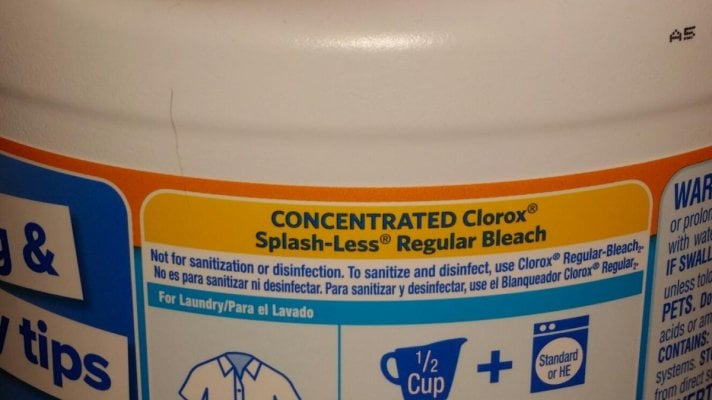Hi everyone -
I’ve recently come across some water containers that look handy, but want to double check how best to sanitize them. Generally what I’ve heard is initial wash with water and dish soap, then one teaspoon bleach to one gallon ( or quart - gotta look up again ), rinse about/sit for at least 10 min, rinse with clean water...
This sound about right or is there a ‘best’ version? FYI solid built containers, stored dry, good condition, but been sitting for a long time. Found variations on a theme online so I’m fishing here. Thanks!
I’ve recently come across some water containers that look handy, but want to double check how best to sanitize them. Generally what I’ve heard is initial wash with water and dish soap, then one teaspoon bleach to one gallon ( or quart - gotta look up again ), rinse about/sit for at least 10 min, rinse with clean water...
This sound about right or is there a ‘best’ version? FYI solid built containers, stored dry, good condition, but been sitting for a long time. Found variations on a theme online so I’m fishing here. Thanks!

